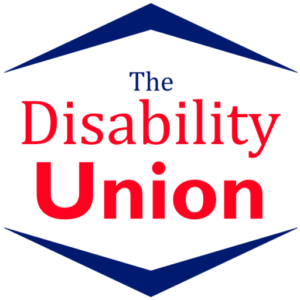
One would think that, in this day and age, a public place being accessible would be a given. Unfortunately, that’s not the case. Even newer builds, who often boast about how accessible they are, often have things that are inaccessible to certain people. They follow the laws of the ADA (or equivalent), but that doesn’t mean it’s always going to work. Everyone’s disability is different, and therefore what works for one person might make things harder for someone else. The theory of universal design is to make things accessible for everyone, but is this theory actually something that is achievable? Can you make a building that everyone, regardless of ability, can use equally to it’s full intended purpose? We’re going to discuss the importance of Universal Design, and attempt it!
What the ADA Says
Let’s start off with what the ADA has to say as far as the construction of the building. The ADA has a whole section on the standards a building must adhere to in order to be in compliance. The ADA focuses more on Accessible Design, which is a more focussed aspect of Universal Design specifically to design for people with disabilities. However, there are workarounds for them and the specifics are very vague.
The Importance of Universal Design Beyond Disability
Let’s take the disability completely out of the picture for a moment and talk about something able-bodied people use almost everyday without thinking. Let’s talk about stairs. Chances are, you take at least one set of stairs a day. Maybe it’s only one step. Did you know there is a standard for the height of those stairs? You don’t have to think about it, because you’re so used to it. The standard of a stair’s height is an example of universal design, because it works for everyone who uses it. It’s a bit of a funny example when we’re talking about a group of people who can’t generally use stairs, but it works.
Now imagine if those kinds of standards were implemented for everything. Imagine if everyone could go to the shops and not need lots of assistance. That’s what universal design is. The importance comes from giving a person the ability to do the thing on their own.
Is Universal Design Achievable?
Let’s start off with a story illustrating how difficult Universal Design can be. When I was in elementary school, our public library was always very accessible. All one floor, open aisles, the librarians were always there to help if you needed. But the library still wasn’t accessible for everyone. There was this elderly couple who used walkers as mobility aids, and the brick pavement made it near impossible to get in. The pavers aren’t smooth, and the cracks caught on the walker. This issue isn’t something that you would think about unless you went through it, or it’s brought to your attention.
The Best Way to Implement Universal Design
Universal Design is implemented the easiest when done from the beginning, so let’s do that. Let’s say you want to design a new office building with Universal design, going above and beyond ADA. How can you design something with Universal Design if you don’t know what issues someone might face? What do you do when different things work better for different people? The important thing to remember is it won’t happen overnight. There are going to be things that are brought up three weeks, six months, or even 20 years from when you “finish”. To get a good start, go to the source.
From the very beginning, consult people with disabilities. Have a committee of people with a variety of disabilities and needs. Figure out what things they need to make the building accessible. Do they need certain things in the bathroom? Does the elevator need to be a certain size? What are things in other offices that they can’t do that they wish they could? Keep these in mind and make sure you can implement these while complying with the ADA or other governing body.
The needs of the committee might contradict each other. For example, one person might need automatic door buttons at a higher place, but it’s too high for others. This is an easy fix, as you can place two buttons, but unfortunately they’re not all that simple. A lot of times there’s a third option that works for both, it just takes a bit of creative problem solving.
That’s the main issue with Universal design. Nobody has the same needs. It’s difficult to make everything accessible to everyone if needs contradict. Unfortunately, there’s not always a solution. There’s not always a middle ground.
But what do you think? Is Universal Design possible? What are some ways we can make public spaces more accessible to everyone? If you have a disability, what is something that you wish was more standard as far as accessibility goes?


